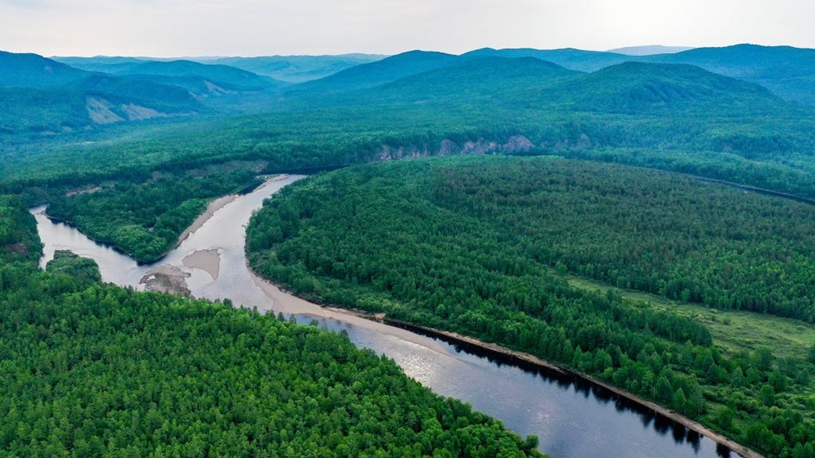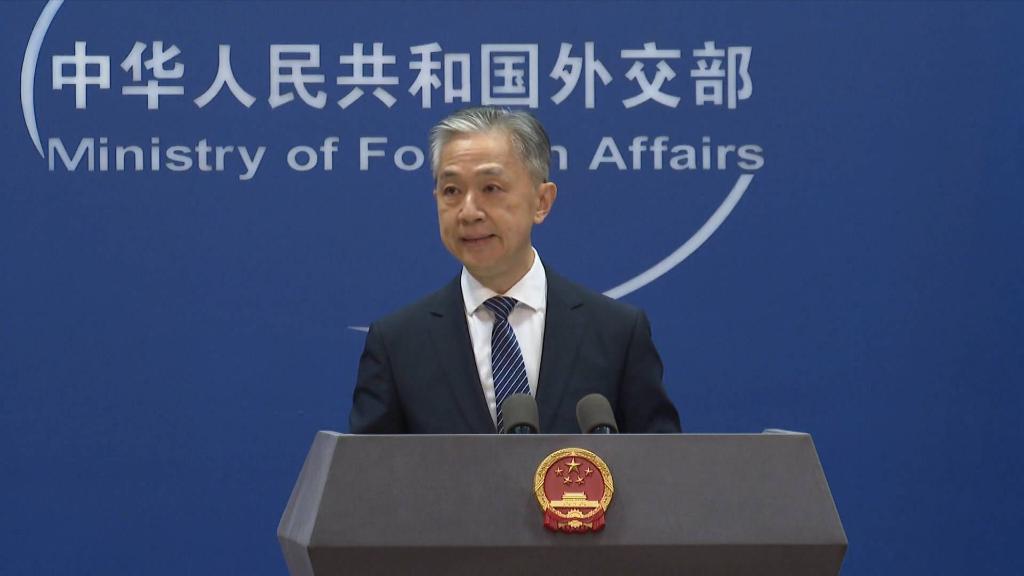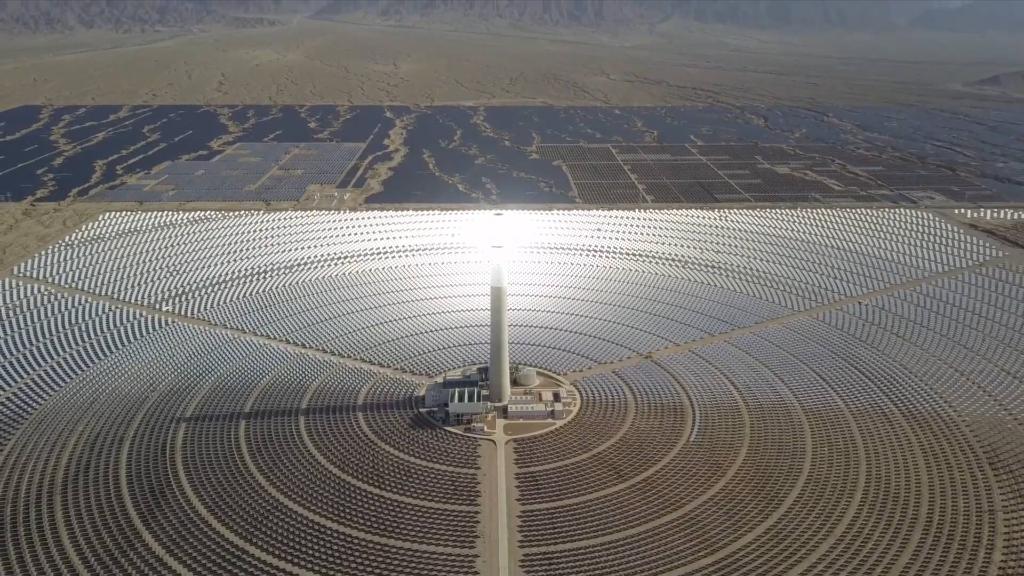
BEIJING, June 14 (Xinhua) -- Chinese researchers have found that the global diffusion and settlement of sulfate aerosols generated by large volcanic eruptions was an important factor in the terrestrial extinction in the end-Permian about 250 million years ago.
The largest mass extinction event during the ancient period was marked by the disappearance of more than 90 percent of marine species and more than 70 percent of land species.
Throughout Earth's history, large volcanic eruptions that inject sulfur-bearing gases are believed to have imparted strong forcing on global climates and ecosystems, according to the research article recently published in the journal Earth and Planetary Science Letters.
Sulfur outgassing by the Siberian Traps Large Igneous Province, a type of large igneous rock formed rapidly over a relatively short geological period, is hypothesized to have catalyzed environmental catastrophe associated with the end-Permian extinction.
The researchers from the University of Science and Technology of China reported the sulfur-isotopic compositions of pyrite from the Sydney Basin in Australia, where they found a sharp decrease of sulfur isotopes coinciding with the stratigraphic level of the terrestrial extinction.
The negative sulfur-isotopic values in the extinction interval provided new evidence for a significant increase in atmospheric sulfate concentrations linked to the fallout of sulfate aerosols originating from the Siberian Traps eruptions.
The research data suggest that sulfuric acid rain and ozone depletion may have greatly deteriorated global environments, leading to the terrestrial end-Permian extinction. ■












